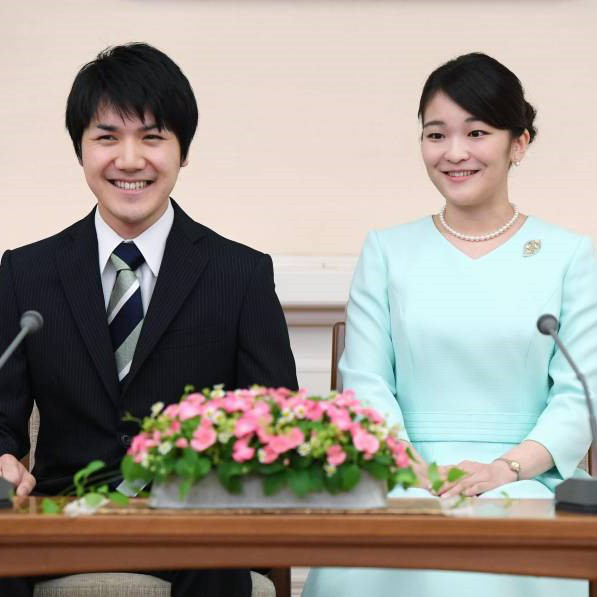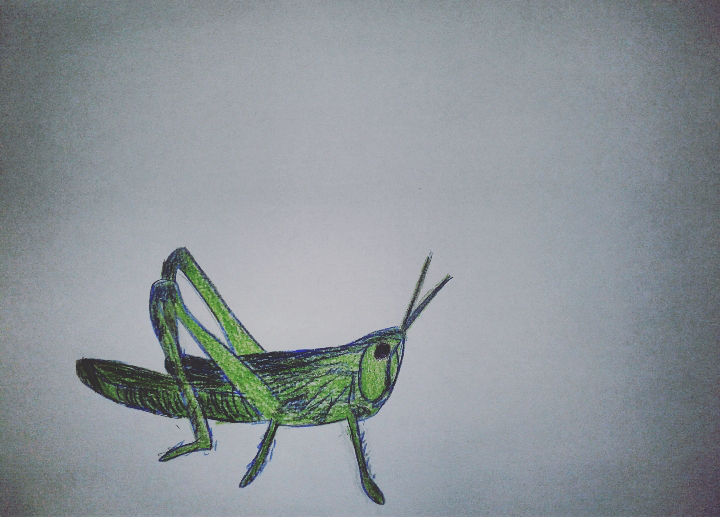 (c) KYODO, 3 Sep 2017: Princess Mako of Japan will marry commoner Kei Komura, they announced today.
(c) KYODO, 3 Sep 2017: Princess Mako of Japan will marry commoner Kei Komura, they announced today.
Emperor Akihito of Japan’s oldest grandchild, Princess Mako, announced this weekend she plans to wed boyfriend Kei Komura, a commoner, and thus will reliquish her royal status when she says ‘I do.” The future Mako Komura is the oldest child of Akihito and wife Empress Michiko’s second son, Prince Akishino, and his wife Princess Kiko.
Mako met Komura, both 25, when they studied at Tokyo International Christian University. Komura first proposed over dinner in December 2013, after which Mako introduced him to her parents and siblings as someone she wanted to spend her life with. In a press conference announcing the engagement, Komura said he was thankful and happy to have been accepted by Mako’s family.
“I was first attracted to his bright smiles that seemed like the sun,” Mako told the gathered reporters, while Komura added romantically, “She has been quietly watching over me like the moon. I would like to have a family that is always calm and peaceful.”
No wedding date has yet been picked, but when time has been set on the calendar (possibly next fall), it is expected that the couple will go to the Emperor and Empress for official permission to marry. It is unlikely the cloistered Japanese royals will stage a public wedding celebration akin to their British and European royal counterparts, and the Japanese people can look forward to a much more muted, traditional affair.
Though Mako is set to lose her royal status upon marriage, women have no rights to ascend Japan’s Chrysanthemum Throne, anyway. Mako’s younger brother Prince Hisahito, 10, is set to ascend the throne after his uncle Crown Prince Naruhito and father, but before his older sisters Mako and Kako, 22, and also before Naruhito’s only daughter Princess Aiko, 15.
It is expected that Emperor Akihito, 83, will abdicate next year, and it remains to be seen how Naruhito and the Japanese government handle the issue of female succession, given that the Chrysanthemum Throne is the oldest continuing hereditary monarchy in the world, but the family itself is remarkably small, with more female heirs than male.
Source: Japan Times
Advertisements Share this:




